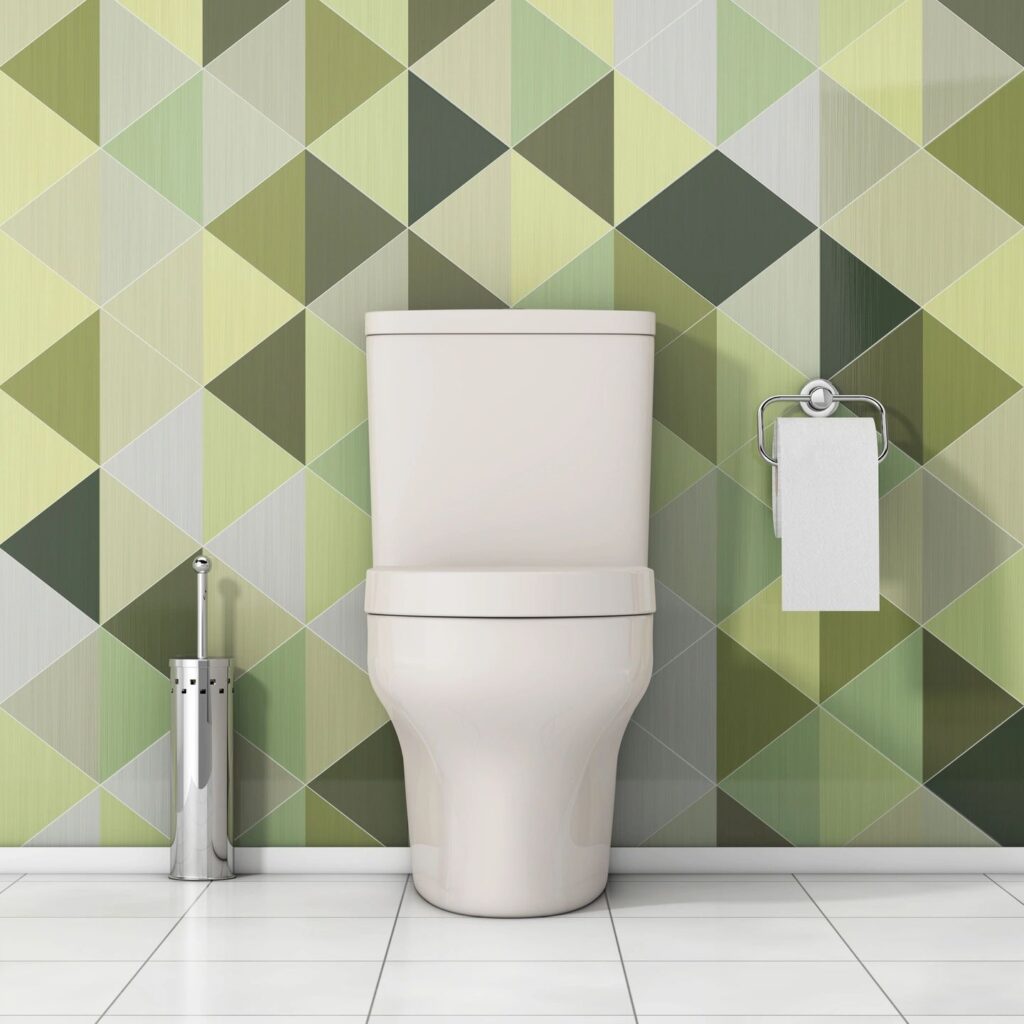
Toilets are an essential part of our everyday lives, providing us with comfort and convenience. However, a backed-up toilet can quickly turn into a nightmare scenario. The panic and inconvenience of dealing with a toilet that won’t flush or overflows can be overwhelming. But fear not! In this comprehensive guide, we will explore the most common causes of toilet backups and provide you with practical solutions to keep your plumbing clear. Whether you need a simple DIY fix or the assistance of a professional plumber, we’ve got you covered.
Understanding the Common Causes of Toilet Backups
Toilets can back up for various reasons, and identifying the underlying cause is crucial in determining the best course of action. Here are some of the most common causes of toilet backups:
1. Clogged Plumbing
One of the primary causes of toilet backups is a clogged plumbing system. The curved piping, known as the P-trap or S-trap, is fitted onto most toilets to prevent the backflow of sewer gases. However, this trap can become clogged with materials such as toilet paper, hygiene products, hair, or other debris. Additionally, clogs can occur further down the plumbing system, caused by objects and materials that should not be flushed, such as tissues, paper towels, wet wipes, oils, and grease. If you notice problems with only one toilet and all other drains in the house are fine, a local clog is likely the culprit.
2. Blocked or Damaged Sewer Line
Sewer line blockages are another common cause of toilet and drain backups. Tree roots are naturally drawn towards the warmth, moisture, and nutrients near sewer lines, causing them to grow steadily and eventually impede the flow of sewage or wastewater. Construction machinery, shifting ground, and corrosion can also lead to ruptures, breaks, and collapses in the sewer line, resulting in backups in your toilets and drains.
3. Faulty Plumbing Ventilation System
A plumbing ventilation system, consisting of a vent pipe or vent stack, regulates air pressure within the plumbing system. It allows for the release of harmful gases and prevents wastewater and sewage from backing up in the home. However, these vent pipes can become obstructed by leaves, twigs, and other debris, compromising the overall plumbing system and potentially causing backups.
4. Heavy Rainfall or Snowmelt
Heavy rainfall or rapid snowmelt can also contribute to plumbing issues, including toilet backups. The deluge of water can flush debris into sewer lines, reverse the flow within pipes, or overwhelm a home’s plumbing system with excessive water. While these issues are usually short-lived, recurring backups during rainfall may indicate a more significant problem.
How to Fix Toilet Backing Up Issues
Now that we’ve explored the common causes of toilet backups, let’s delve into how you can resolve these issues. Many plumbing backups can be easily addressed by homeowners, while others may require the expertise of a professional plumber. Here are some steps you can take to fix and prevent toilet backups:
1. Basic DIY Fixes
For minor clogs, a plunger is often all you need to resolve the issue. Ensure you have a plunger with a flange on the bottom, as it works better for unclogging toilets. If the plunger fails to clear the clog, you can try using a toilet auger, a tool specifically designed to dislodge blockages. In rare cases, you may need to shut off the water and remove a portion of the pipes to remove stubborn blockages. However, it’s crucial to have some plumbing knowledge or consult a professional before attempting this.
2. Addressing Main Line Issues
If your sink and shower drains throughout the house are also experiencing problems, the issue may lie in the main sewer line or vent pipe. This could be caused by a clog, storm damage, or pipe damage. Visually inspect the roof’s vent pipe for debris and try using the main water supply controls to relieve pressure in the sewer line. However, it’s advisable to seek the help of a professional plumber for a thorough inspection and resolution of main line issues.
3. Preventive Measures
To prevent future toilet backups, it’s essential to adopt good plumbing practices. Avoid flushing materials that can cause clogs, such as paper towels, feminine hygiene products, and non-flushable wipes. Educate your family members, especially children, about what should and should not be flushed down the toilet. Consider installing drain covers or strainers to catch hair and debris, preventing them from entering the plumbing system.
4. Regular Maintenance
Regular maintenance of your plumbing system can help prevent toilet backups and identify potential issues before they escalate. Have a professional plumber inspect your pipes, particularly if you have an older home or suspect tree root intrusion. They can use specialized cameras to detect blockages or damage and recommend appropriate solutions.
In Conclusion
Dealing with a toilet backup can be a stressful experience, but with the right knowledge and solutions, you can resolve the issue and prevent future backups. By understanding the common causes of toilet backups, you can take appropriate action, whether it’s a simple DIY fix or seeking professional plumbing assistance. Remember to practice preventive measures, conduct regular maintenance, and consider home warranty options for added peace of mind. With these steps, you can keep your plumbing system clear and ensure your toilet functions smoothly for years to come.
For further information or assistance with your plumbing needs, don’t hesitate to reach out to trusted professionals like First Response Plumbing at 561-477-6161.